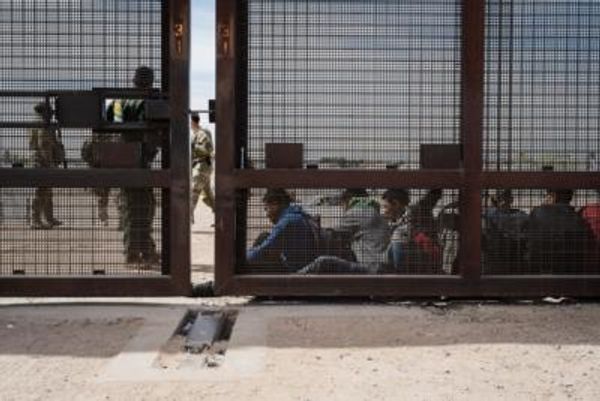
The move, which comes before the Government has finalised a bespoke regulatory regime for offshore wind, has prompted the Energy Minister to seek advice from officials, Marc Daalder reports
An offshore wind developer has applied for a consent to build a 54-turbine farm off the coast of Taranaki.
Wind Quarry Zealandia, a company run by American brothers Pat and John O'Meara, submitted the applications for stormwater discharge, seabed disturbances and seabed occupation on August 15. They have now been accepted by the Taranaki Regional Council under a section of the Resource Management Act that puts the consent on hold while an applicant gathers more information, Pat O'Meara, Wind Quarry's CEO, told Newsroom.
"It's information that we've specified we need more time to get and it's primarily environmental and cultural information," O'Meara, who is also a GP in Gore, said.
"We've already done all the desktop studies and the information we'll be gathering now will be the real tests in the area for this express purpose."
READ MORE: * Govt to create offshore wind permits * Offshore wind developer to seek consent in Taranaki
The proposed farm would be located in the South Taranaki Bight and have a capacity of 810 megawatts.
The application may ruffle feathers in government and among competing developers. The Government is working on a regulatory regime specifically for offshore energy and has communicated to developers that they should wait until it is in place. Four other prospective offshore wind builders in New Zealand told Newsroom in June that they would wait for the framework to come into place.
Energy Minister Megan Woods previously said a new system could potentially supersede decisions made under the RMA. She also told officials in October to signal to developers that early applications could be subjected to costly and complex process, according to a briefing obtained under the Official Information Act.
Officials were instructed to tell developers that "early applications may be 'called in' by the Minister of Conservation for a Board of Inquiry or Environment Court process to determine the consent. This is likely to be a complex process."
The call-in process allows ministers to directly intervene in consent applications of national significance. Without it, the regional council would be charged with making a decision.
On Friday, Woods told Newsroom she would be seeking advice from officials in relation to referring the Wind Quarry application to a Board of Inquiry or the Environment Court "given the scale of the proposed development".
"There is a high degree of uncertainty on the potential environmental impacts of large-scale wind farms in the ocean, and the impacts on the interests of local communities, including any relevant iwi and hapu. We expect securing a resource consent will take significant time and expense," she said.
The move to apply for the consent does undercut the Government's proposed system, which includes permit applications similar to the Crown Minerals regime. In a consultation document released in August, Cabinet revealed it had decided to set up a permitting system in principle. Under the system, developers would be unable to build offshore energy facilities without getting a permit.
"The proposed regulatory regime for offshore renewables will make it illegal to construct and operate offshore wind farms without first having a feasibility permit and then a commercial permit. Once the regulatory regime is in place, developers would be required to have a permit even if they already have the relevant environmental consents," Woods said.
"The Government has encouraged developers with genuine interests in offshore wind to engage in the development of the regulatory regime, before applying for consents. Most developers have expressed support for this approach and are actively engaging in the process. These developers are also working closely with local communities and iwi to inform their projects."
O'Meara said New Zealand doesn't have the time for the regulatory regime development work – scheduled to be completed by the end of next year – to finish.
"These offshore wind projects take about a decade to get from inception through to throwing the switch. The sooner we start, the better," he said.
"There's already a regulatory framework in place under the existing RMA that has been in place for 30 years. It's robust, we know it's fit for purpose and we feel it's better for the country and for the world in general if New Zealand can move ahead in the offshore wind space."
Leah Miller, the resource consents manager at Taranaki Regional Council, told Newsroom an application had been lodged by Wind Quarry.
"We can confirm Taranaki Regional Council has accepted an application from Wind Quarry Zealandia for resource consents to build an offshore wind farm. We will assess the applications in accordance with current legislative requirements," she said.
The council did not answer questions about whether it preferred developers to wait until the new regime was in place. However, its submission on an earlier round of offshore wind regulations suggested it was concerned about the fitness of the current system.
"There is already competition for the offshore wind resource prior to the development of a new regulatory regime which may be problematic, unless appropriate transition or other provisions are available," the council wrote in that submission.







